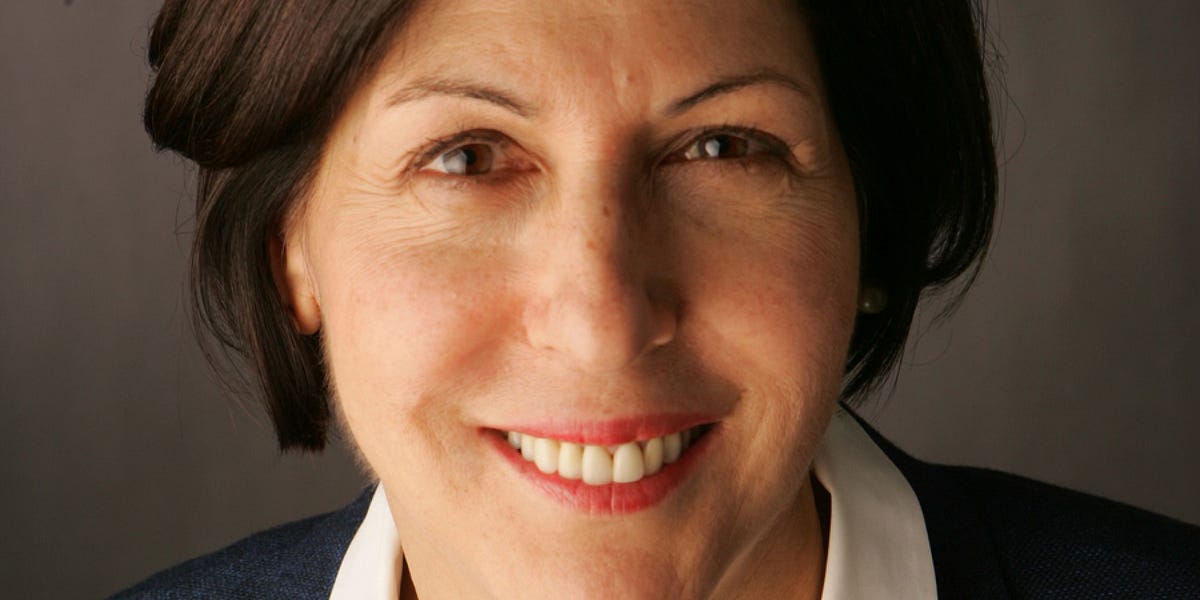Jobs
Mid- to late-career resume tips for professionals re-entering the job market

If your most recent résumé was one you printed out on physical paper and sent in the actual mail, times have changed since your last job search.
Like most everything else, applications, cover letters and résumés now are online. And the first to read your résumé — and decide whether a human ever sees it — might be a computer.
For mid- to late-career professionals re-entering the job search for whatever reason, the good news: That same computer can be an ally, not a barrier, in your job search.
Optimize your résumé for the applicant-tracking systems companies increasingly use to screen and filter potential hires, and you can go from one of countless candidates to a serious contender preparing for an interview. Using artificial intelligence (AI) chatbots and online tools to fine tune your résumé as well as research companies and jobs can also help you learn the latest technology many workplaces are starting to use.
If you have a couple of decades of work experience, here is some advice from professional résumé writers, career coaches and other experts on how to align your résumé with the latest trends as you seek a new opportunity or a return to the workplace.
Keywords are key
Kathy Harrell-Latham, CEO of the Contingent Plan, a Minneapolis-based staffing and recruiting firm that offers résumé-writing services, said her biggest advice is to “not underestimate the role of technology in the hiring process.”
“It’s designed to filter out and be as strict and selective as they want it to be in finding the right candidates,” she said. “But oftentimes, that means missing the best people because they don’t happen to have the best résumé to put through the system, or they don’t know what’s needed.”
To stand out in a database of thousands of résumés, “the keywords matter tremendously,” Harrell-Latham said. Keywords are the terms you use to describe your hard and soft skills.
When the keywords in your résumé — words you can back up with qualifications and real-life experience or examples — match those the applicant-tracking systems look for, your odds of making it before a hiring manager’s eyes improve greatly, Harrell-Latham said. You can slot these in within the bullet points or descriptions of your various jobs or in a separate skills section.
Tracking systems also look for numbers: team members led, budgets overseen, sales or revenue produced — anything that reflects your responsibilities or results in particular roles.
“Many people, especially in the Twin Cities, in Minnesota, they’re just happy to get their work done,” Harrell-Latham said. “They don’t take the time to think about all the big things they did and don’t think to sell themselves. Keeping track of those numbers, of the impact on the business, by month or every six months or every year, is a great exercise.”
‘Ageism is real’
The Minnesota Human Rights Act protects employees who are 18 and older from age discrimination. The act also generally prohibits employers from asking about an applicant’s age or stating a preference with regard to age, according to the Minnesota Attorney General’s Office. The federal Age Discrimination in Employment Act protects employees who are 40 and older from age discrimination.
Despite those laws, age discrimination “happens implicitly or explicitly,” Harrell-Latham said.
That’s why mid- to late-career job seekers should take steps on their résumé and elsewhere to avoid “outing yourself as being an older adult,” said Kate Schaefers, director of the Osher Lifelong Learning Institute at the University of Minnesota.
“Ageism is real,” Schaefers said. “The data are clear that someone with a really long résumé that has things that are 30 years old, that there is some hesitation out there in looking at bringing them in for interviews. There are some clear things that people can do to take that out and allow yourself to actually meet in person. That’s where most older adults can shine, when they get in front of a hiring person. It’s the process of getting in front of them that can often be hard.”
Schaefers and Harrell-Latham recommended these steps to try to avoid potential age discrimination:
- Limit your career history on résumés to 20 years at most. “Recruiters are most interested in the last five to 10 years, at most, 15, depending on what you’ve been doing,” Harrell-Latham said.
- Keep dates out of your education. “Nobody wants to know that you graduated college in 1985,” Harrell-Latham said.
- Sign up for a Gmail email address for your job search. “I don’t mean to pick on AOL, but most young people are not using AOL,” Schaefers said. Use a professional email address. “Don’t be, like, ‘grandma86,'” she said.
- Use a cellphone, not a landline.
- Don’t put your photo on your résumé. But do post a professional-looking picture on your LinkedIn profile, even one shot with a cellphone. “You want to look like someone who looks like they would be applying for this job,” Schaefers said. “So don’t hold your dog.”
While talent-tracking systems can create hurdles, older applicants can take advantage of other technology in their job search, Schaefers said. Upload your résumé to Jobscan, for example, to see how closely the keywords in it match the job. The website offers both free and paid options for résumé scans.
Schaefers also recommended using ChatGPT or other AI-powered chatbots to target companies in your job search. Chatbots also can help you customize your résumé and cover letter based on the job description.
“Older workers, they have to show that they’re up on the latest technology, and AI is one that we all have to show that we understand,” Schaefers said.
Summaries, not objectives
A professional summary section now is the most important part of a résumé, said Risë Kasmirski, of Minneapolis-based RightPath Careers. She coaches clients on job search strategies, including developing and aligning resumes and LinkedIn profiles. That’s a shift away from the objective statement, which traditionally topped the first or only page of most résumés.
A professional summary section, Kasmirski said, should consist of:
- Four to six potential job titles you’re seeking. The applicant-tracking system will take note of these instead of an objective statement.
- The professional summary itself, a paragraph describing career highlights and your background.
- Bullet points with four to six select accomplishments
- A paragraph listing relevant skills, “a string of keywords for the computer to read,” Kasmirski said.
All of that can take up a third to a half of the first page of a résumé, Kasmirski said. Don’t worry about limiting your résumé to one or two pages; most people at higher levels have three-page résumés to fit in as many keywords as possible.
Résumés are lengthening, according to LiveCareer, an online résumé writing service, and its database of 50,000 résumés. The average résumé doubled from one page to two in length from 2018 to 2023, responding to recruiters’ desire for more extensive narratives. A ResumeGo study found recruiters are more than twice as likely to prefer two-page résumés rather than one-page versions. They spent nearly twice as much time reading those longer résumés, too.
A professional summary section more closely aligns the job seeker with what the employer is looking for, said Heather Rothbauer-Wanish, a certified professional résumé writer and owner of Feather Communications in Colfax, Wis. Recruiters don’t have time to read lengthy objective statements, which start to sound like job descriptions.
Keep it simple
Consider the computer that will be reading your résumé when you design it, Rothbauer-Wanish said. Online templates can create beautiful résumés. But those with graphics, colors, shading and text in columns can fail to upload correctly, costing you a shot at an interview. She recommended writing your résumé in Microsoft Word and saving it in the PDF format. Google Docs is a popular online word processor, but documents in that format might not upload to websites.
“Simple is better, just to get to that next stage,” Rothbauer-Wanish said. “Be very cognizant of the format you’re choosing. My mindset is to think relevance of information over quantity. Don’t sell yourself short.”
Todd Nelson is a freelance writer in Lake Elmo. His e-mail is todd_nelson@mac.com.










